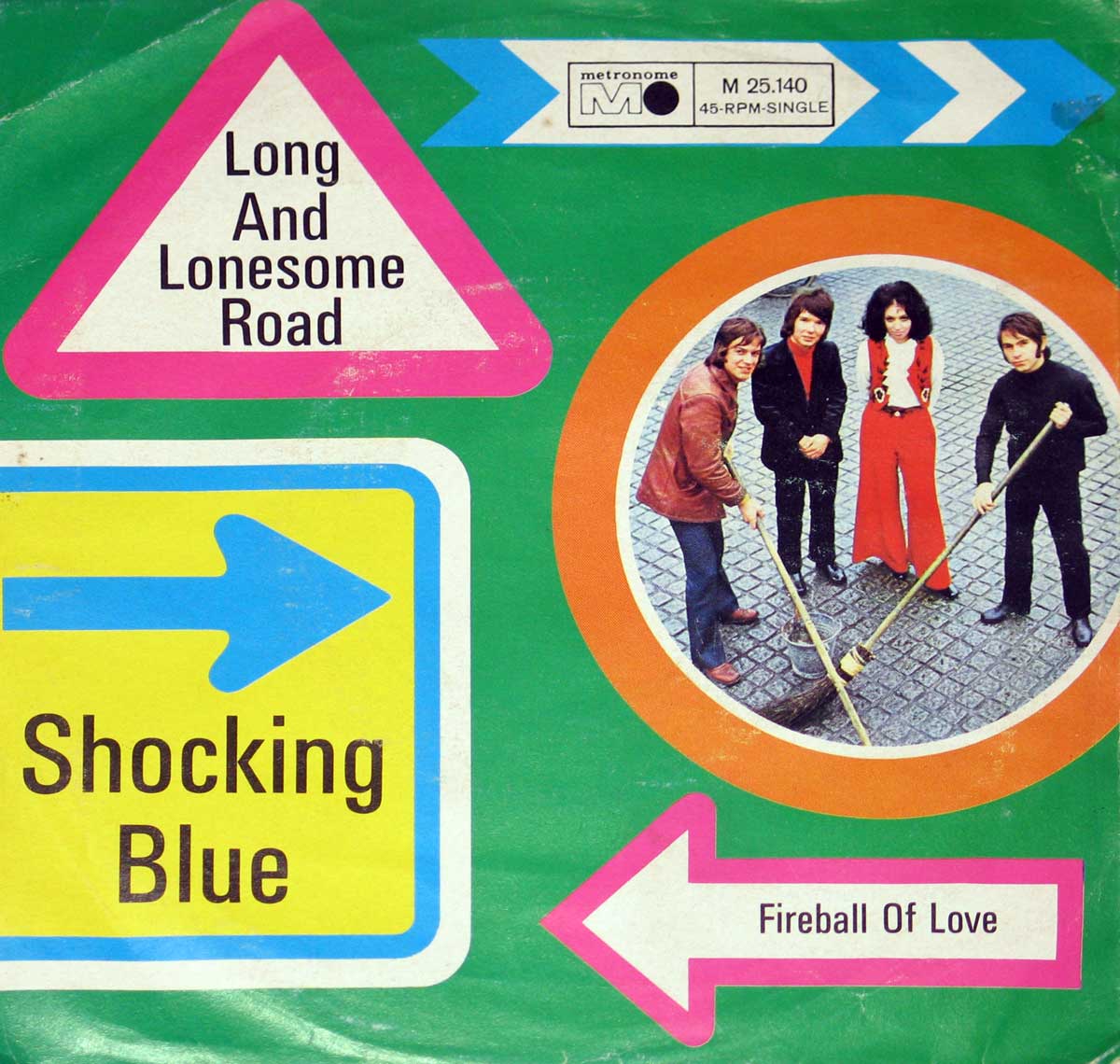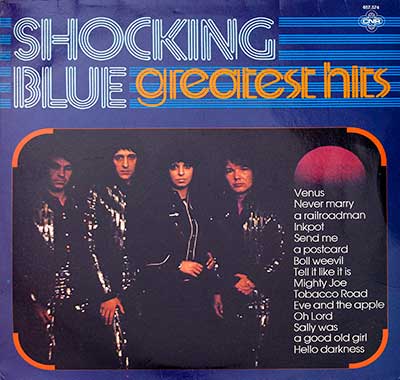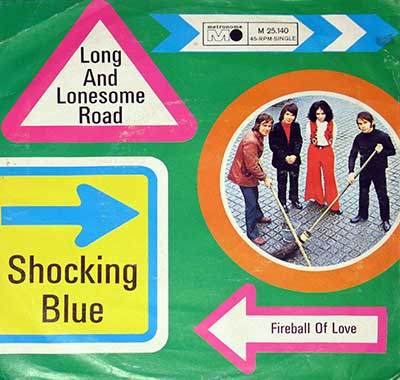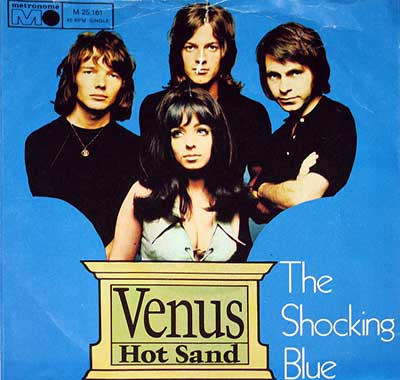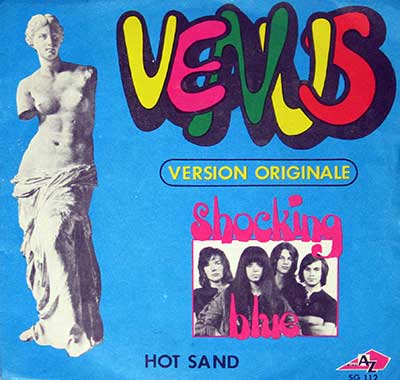Shocking Blue – Long and Lonesome Road (1969)
A Voice from The Hague in the Age of Change
In the shifting soundscape of the late 1960s, amidst global political unrest and a rising tide of youth counterculture, the Netherlands was undergoing a quieter but equally potent transformation. Dutch pop musicÑlong tethered to schlager traditions and imported American soundsÑwas erupting with a new identity. At the forefront of this sonic rebellion stood Shocking Blue, a band from The Hague that would soon redefine Nederbeat and leave a thunderous footprint on international airwaves.
Nederbeat on the Brink of Evolution
By 1969, NederbeatÑoriginally an echo of the British InvasionÑwas becoming something else. Shocking BlueÕs single "Long and Lonesome Road" signaled a bold step forward. While bands like Q65 and The Outsiders played raw, garage-infused rock, Shocking Blue, guided by guitarist-songwriter Robbie van Leeuwen, opted for a cleaner but no less powerful approach. This track, paired with the B-side "Fireball of Love", presented a moodier tone than what Dutch listeners had grown used to. The sound was introspective, even cinematic, hinting at the band's growing ambitions beyond local fame.
The Sound and Its Structure
"Long and Lonesome Road" opens with a driving guitar riffÑa hypnotic pattern that immediately evokes both movement and melancholy. Mariska Veres, not yet the band's iconic frontwoman (this version featured Fred de Wilde on vocals), delivers the lyrics in a resigned tone that captures the existential fatigue many young Europeans felt as the decade drew to a close. The arrangement fuses folk-rock rhythm guitars with light psychedelic touchesÑsubtle echo, layered vocal reverbÑsuggesting influence from contemporaries like The Byrds and Jefferson Airplane.
The B-Side: Fireball of Grit
The flip side, "Fireball of Love", takes a harder edge. Slightly more aggressive in both tempo and tone, it contrasts well with the A-sideÕs moody pace. This dualityÑsoft reflection vs. fiery passionÑexemplifies the bandÕs range in the studio and their early attempts at navigating genre boundaries.
The Studio and the Masters Behind the Sound
This early single was recorded at the legendary Phonogram Studios in Hilversum, one of the premier Dutch facilities at the time. The studioÕs warm acoustics and state-of-the-art gear helped capture the intimacy of the performances. The session was engineered by Gerard Stellaard, a respected figure in Dutch pop, with production handled directly by van Leeuwen, whose role extended beyond performance into the shaping of the band's signature sound.
Release Versions and Variants
The 7-inch was issued by the Pink Elephant label in the Netherlands, while the version featured hereÑpressed in West Germany by Metronome (catalogue number M 25 140)Ñincludes minor differences in sleeve design and label typography. The German pressing is known for its slightly punchier mastering and heavier vinyl, offering a more pronounced low end in playback. The picture sleeve for this edition features a minimalist monochrome photo of the band, differing from the Dutch releaseÕs full-color design.
A Footnote Before "Venus"
While it never topped international charts, "Long and Lonesome Road" laid the groundwork for Shocking BlueÕs meteoric rise with "Venus" just months later. It captured a moment of artistic tensionÑbetween local ambition and global reach, between folk rock introspection and radio-friendly pop hooks. The song stands today as one of the most evocative documents of Dutch popÕs coming of age in the psychedelic twilight of the 1960s.
